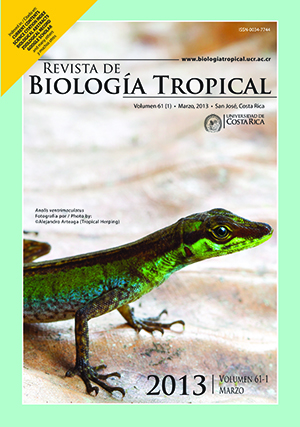Abstract
The Northeastern part of India sprawls over an area of 262 379km2 in the Eastern Himalayan range. This constitutes a biodiversity hotspot with high levels of biodiversity and endemism; unfortunately, is also a poorly known area, especially on its microbial diversity. In this study, we assessed cultivable soil bacterial diversity and distribution from lowlands to highlands (34 to 3 990m.a.s.l.). Soil physico-chemical parameters and forest types across the different altitudes were characterized and correlated with bacterial distribution and diversity. Microbes from the soil samples were grown in Nutrient, Muller Hinton and Luria-Bertani agar plates and were initially characterized using biochemical methods. Parameters like dehydrogenase and urease activities, temperature, moisture content, pH, carbon content, bulk density of the sampled soil were measured for each site. Representative isolates were also subjected to 16S rDNA sequence analysis. A total of 155 cultivable bacterial isolates were characterized which were analyzed for richness, evenness and diversity indices. The tropical and sub-tropical forests supported higher bacterial diversity compared to temperate pine, temperate conifer, and sub-alpine rhododendron forests. The 16S rRNA phylogenetic analysis revealed that Firmicutes was the most common group followed by Proteobacteria and Bacteroidetes. Species belonging to the genera Bacillus and Pseudomonas were the most abundant. Bacterial CFU showed positive but insignificant correlation with soil parameters like pH (r=0.208), soil temperature (r=0.303), ambient temperature (r=0.443), soil carbon content (r=0.525), soil bulk density (r=0.268), soil urease (r=0.549) and soil dehydrogenase (r=0.492). Altitude (r=- 0.561) and soil moisture content (r=-0.051) showed negative correlation. Altitudinal gradient along with the vegetation and soil physico-chemical parameters were found to influence bacterial diversity and distribution. This study points out that this is a biome with a vast reservoir of bacteria which decrease with increasing altitudes, and highlights the microbiological importance of the poorly studied Eastern Himalayan range, justifying efforts to explore the prevalence of novel species in the biome.##plugins.facebook.comentarios##
Downloads
Download data is not yet available.






